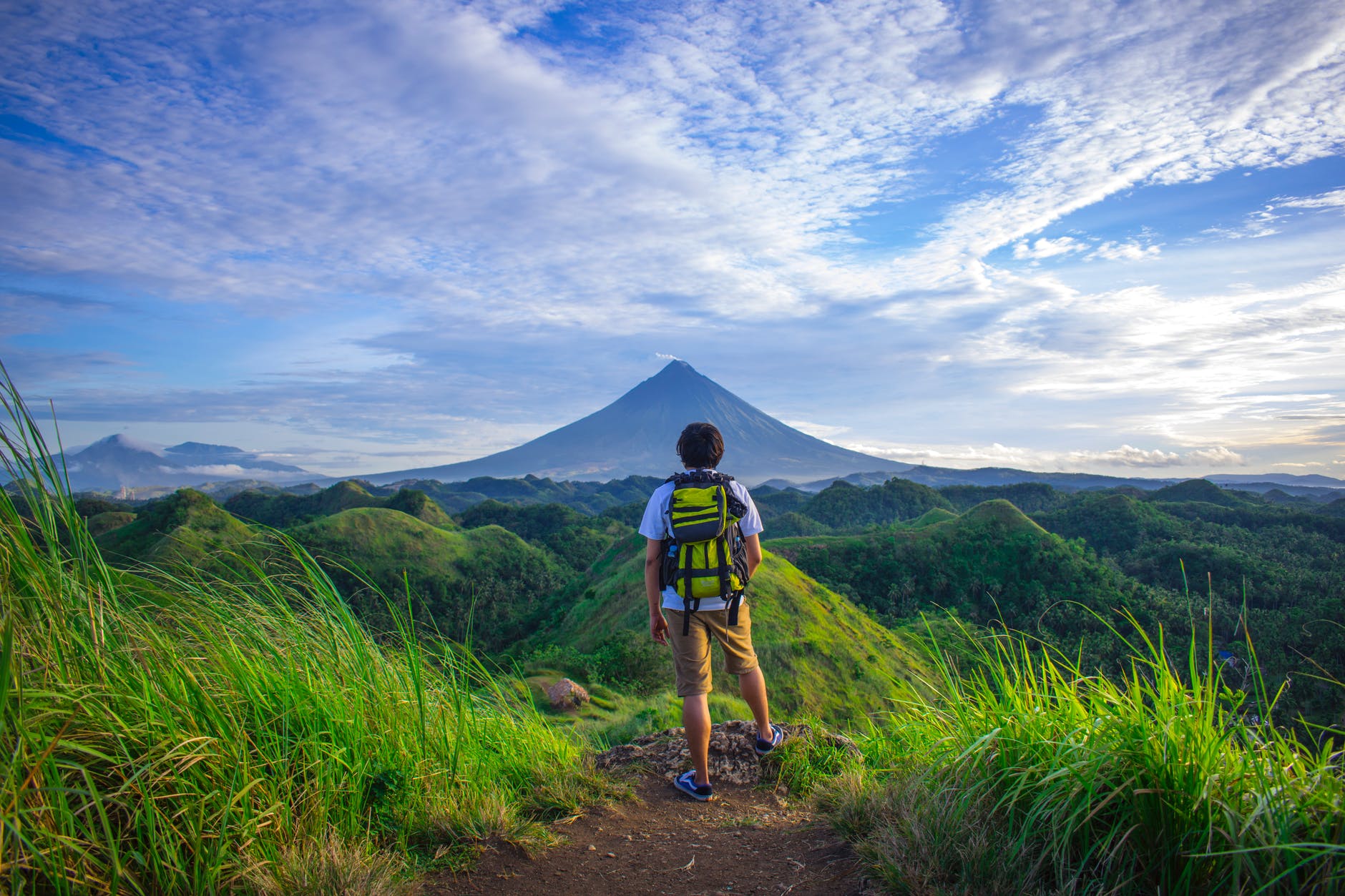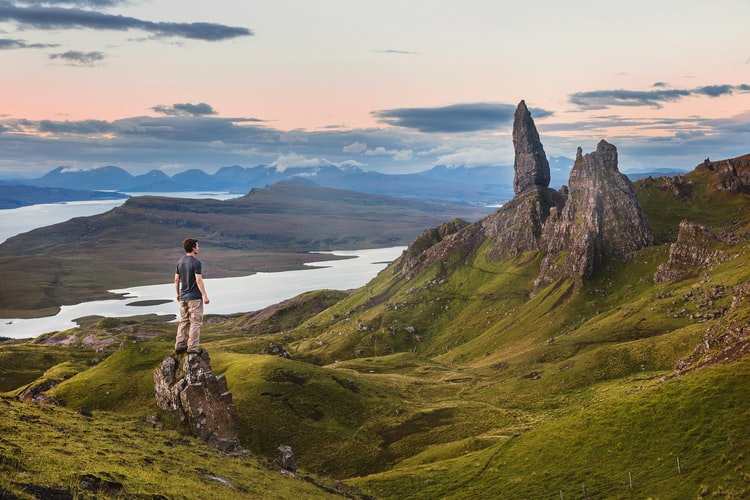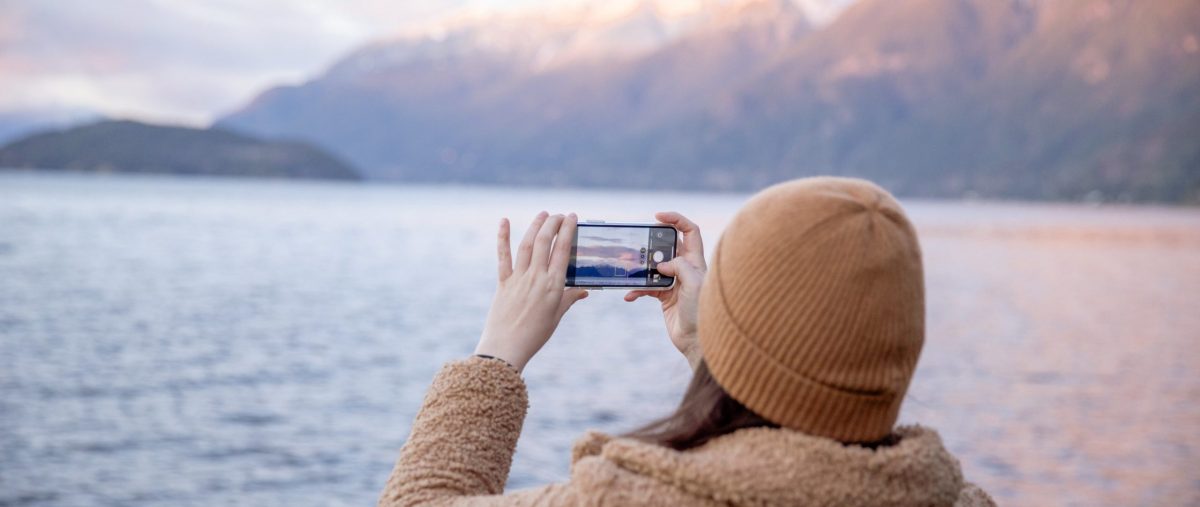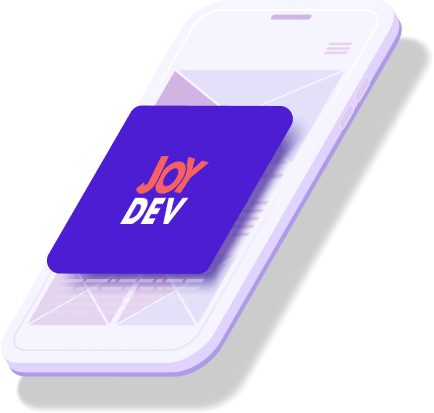It’s a commonly known fact now, that the Covid-19 pandemic has affected enormously the sphere of tourism. With the border closure all over the world, this branch suffers significant expenses. A great variety of flights were canceled, the tours to all tourist Meccas were delayed. It affected millions of people working in the tourism sphere. But it brought about 9 billion dollars to the global economy every year.
To solve this problem, the scholars from Augusta University, Georgia, have started the development of a new technology that can change the approach to traditional tourism. Since it became a struggle to arrange it, the scientists turned to virtual tourism. Its idea is to unite the three-dimensional visualization of popular tourist sights with the help of video records from drones and other methods. For example, LAPO (live-streaming with actual proportionality of objects). Videos from several drones make it possible to save correct proportions of images and videos. This development will help users to gain a new experience in virtual traveling. It couldn’t be achieved with usual videos from the Internet or TV.

Advantages of Virtual Tourism
- Low cost. Virtual tourism is much cheaper than the traditional one. A tourist doesn’t have to pay for the transfer, vouchers, insurance, and other expenses.
- Security. Virtual tourism is great when a tourist can’t travel because of the risk to contract viruses. Besides, a tourist is secured from many other situations – jetlag, crowding, robbery, etc.
- Time economy. Time spent on virtual tourism is less compared to traditional one.
- Availability. Disabled tourists can see the places, that were closed to them.
- No need for special tourist equipment. All you need is a computer with a video card and access to the Internet.
- New Employment Opportunities. Virtual tourism creates new jobs for guides, interpreters, drone pilots, videographers, and photographers, as well as developers.

Technologies of the Development
When a photo or video is taken, the visual space between two or more objects has to be so as if a person sees it himself. The angles between the objects have to be kept. These two data set have to be constant, so that the relevant correlations between real objects in life were transferred to the virtual environment. The distance between the objects is rendered with the help of geodesic distances, the angles - with conforming mapping.
Release of the Technology
The scholars still don’t answer when the technology is going to be released. Its development will take some time. In the first step, the research between groups of tourists who have visited some tourist places during the last year will be conducted. Their travel experience will be compared to the LAPO technology experience. The researchers will define whether the experience from these two types of tourism will be the same. And what they should improve.
Our Projects for Tourism
Our development team is also constantly creating solutions for the tourism sphere. For example, an application that displays information by tags using popular ARCore technology. You can use it to view detailed information on the map of the area, store memories of travel or events. Read more in our article.








